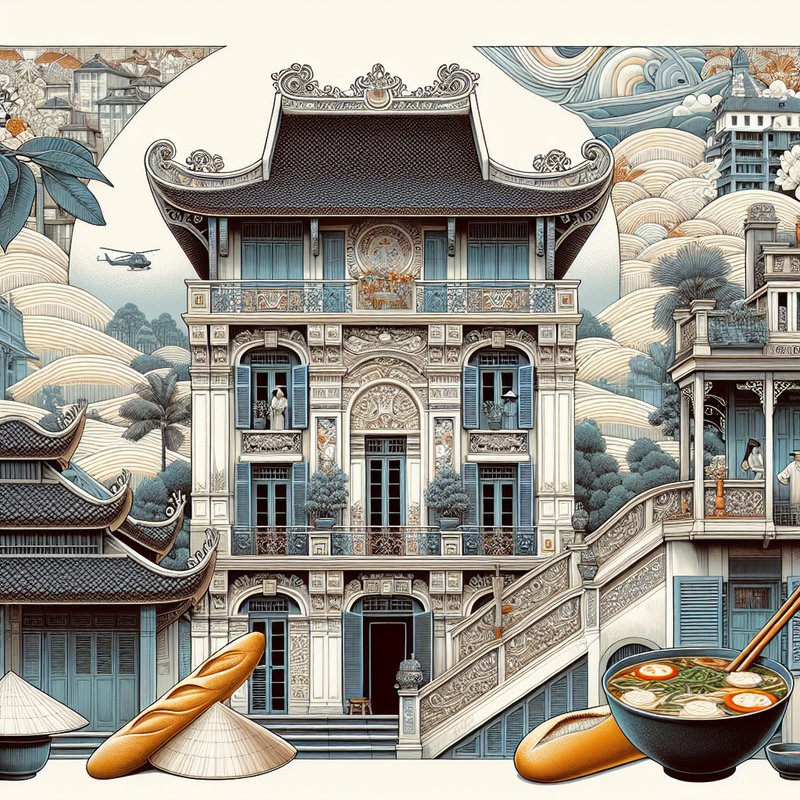The Architectural Legacy of French Colonialism in Vietnam

French colonial rule in Vietnam left an indelible mark on the country’s architectural landscape, with grand constructions that continue to captivate both locals and tourists alike. Hanoi’s elegant boulevards and Saigon’s stately structures stand as enduring symbols of this era, showcasing the unique blend of European and Asian aesthetics that define Vietnam’s urban environments.
These architectural masterpieces, such as the Hanoi Opera House and the Notre-Dame Cathedral Basilica of Saigon, not only serve as tourist attractions but also reflect the cultural hybridization that has taken place in Vietnam across centuries. The preservation and restoration of these buildings highlight Vietnam’s commitment to honoring its historical experiences while embracing modernity.
Beyond mere aesthetic appeal, the architectural influence extends to public infrastructure, with French-designed roads and bridges forming the backbone of Vietnam’s transportation network. This integration underscores the complex legacy of colonialism, presenting opportunities to reflect on how the past and present coexist within urban spaces.
A Culinary Fusion: The French-Vietnamese Gastronomical Journey

Vietnamese cuisine, celebrated worldwide for its freshness and diversity, owes a portion of its allure to French culinary techniques and ingredients. The introduction of baguettes, coffee, and dairy products during colonial rule has seamlessly merged with local flavors, giving rise to fusion dishes that are both unique and evocative of this historical intersection.
The renowned banh mi sandwich, a harmonious marriage of French baguettes and Vietnamese fillings, serves as a delicious metaphor for cultural symbiosis. Alongside pho and other traditional dishes, it illustrates how culinary traditions have evolved to embrace foreign influences, forming new and tantalizing tastes.
Cafés peppered throughout Vietnam mirror the French coffee culture, offering not just beverages but social experiences that foster community interactions. Patrons gather to savor a well-crafted cup, enjoying both the rich flavors and the vibrant conversations that reflect the cultural blending present in Vietnamese society.
The Linguistic Tapestry: Vietnam’s French Language Influence

The linguistic impact of the French colonial era is evident in the Vietnamese language, where numerous French loanwords have found a place in everyday communication. Words related to technology, fashion, and cuisine display French roots, showcasing the lasting legacy of colonial interactions on linguistic development.
Language education during the colonial period also imparted French as a secondary language, a practice that was instrumental in shaping Vietnam’s intellectual elite and educational systems. The legacy of bilingual education has persisted, influencing contemporary educational policies and fostering a multilingual populace.
Today, despite the predominance of English as a global lingua franca, French remains an important cultural link between Vietnam and Francophone countries. This enduring connection highlights the nuanced relationship between language, culture, and history in Vietnam’s ever-evolving identity.

Leave a Reply